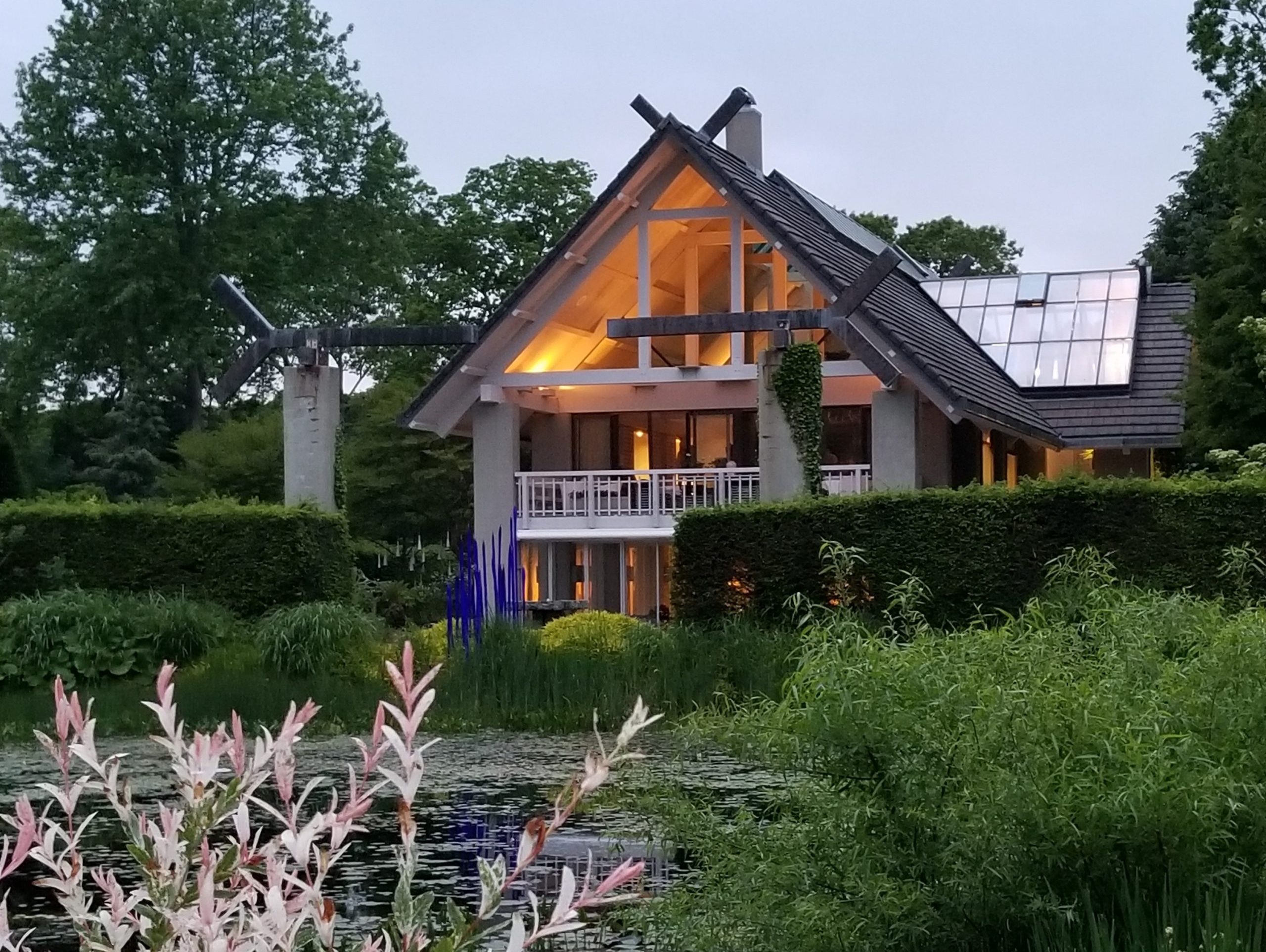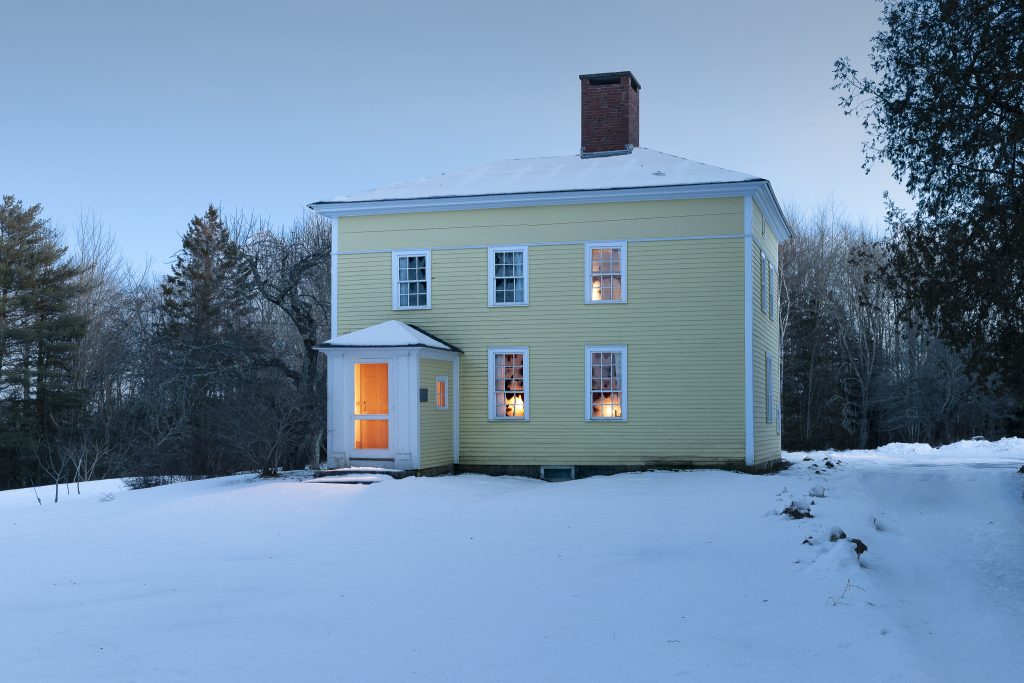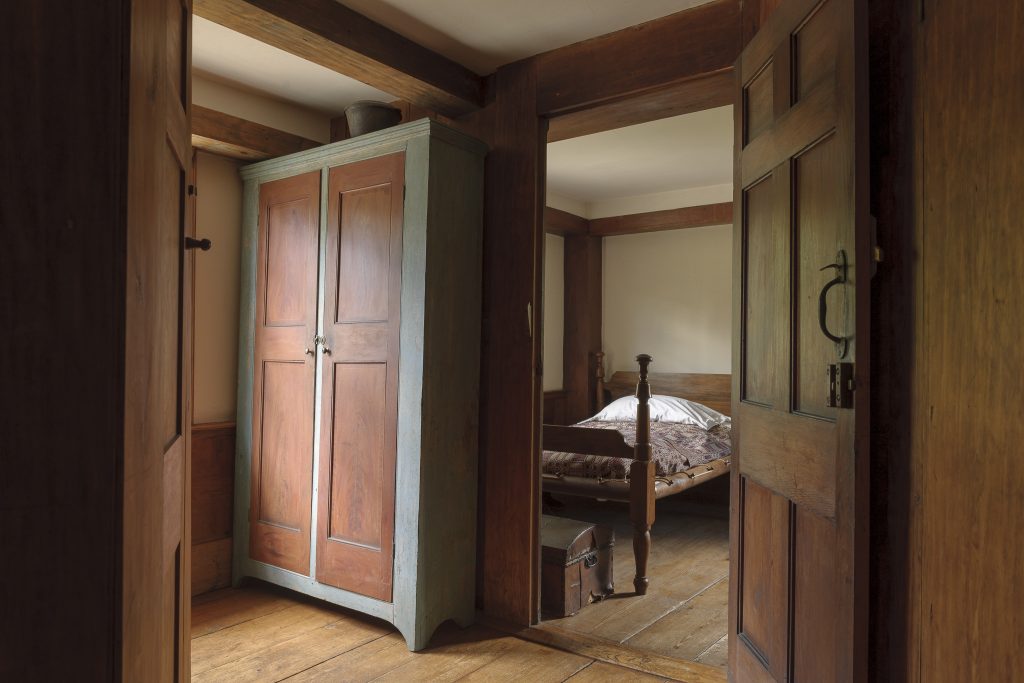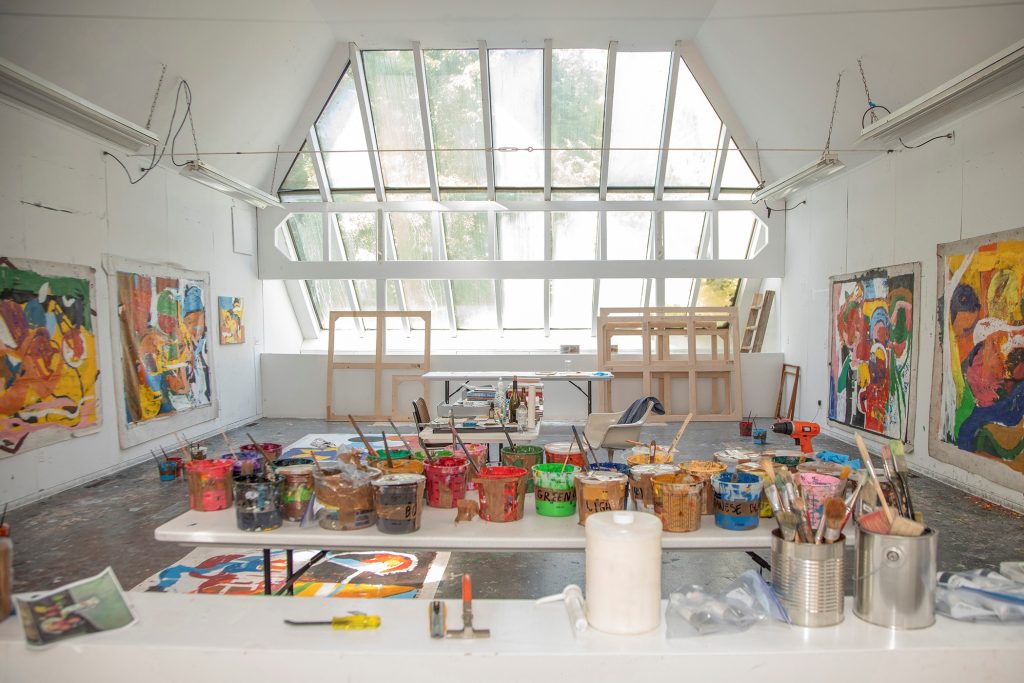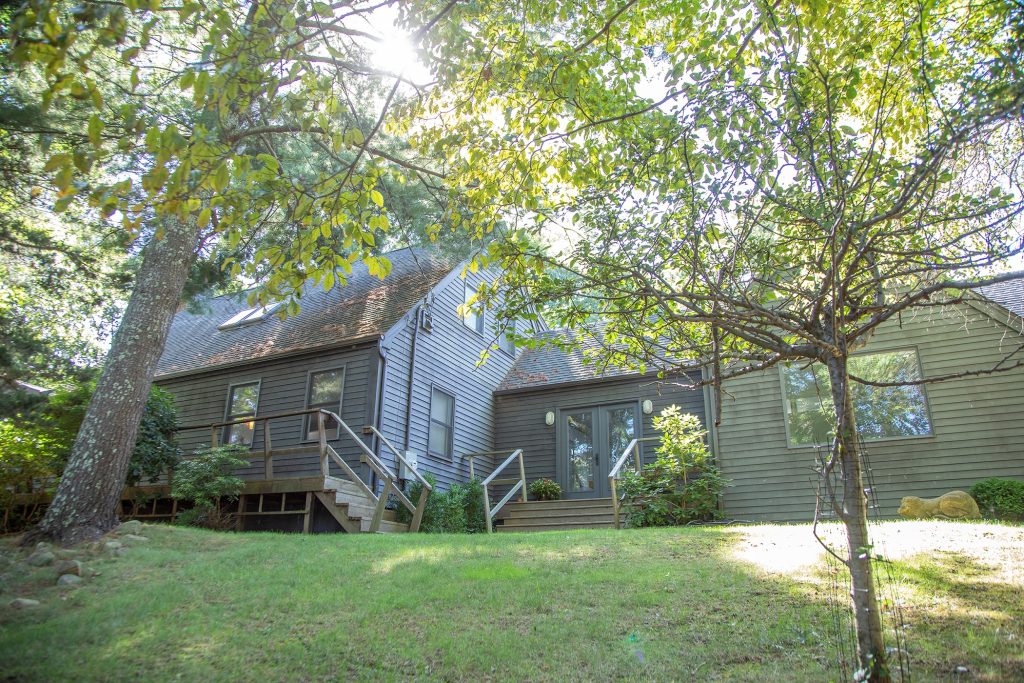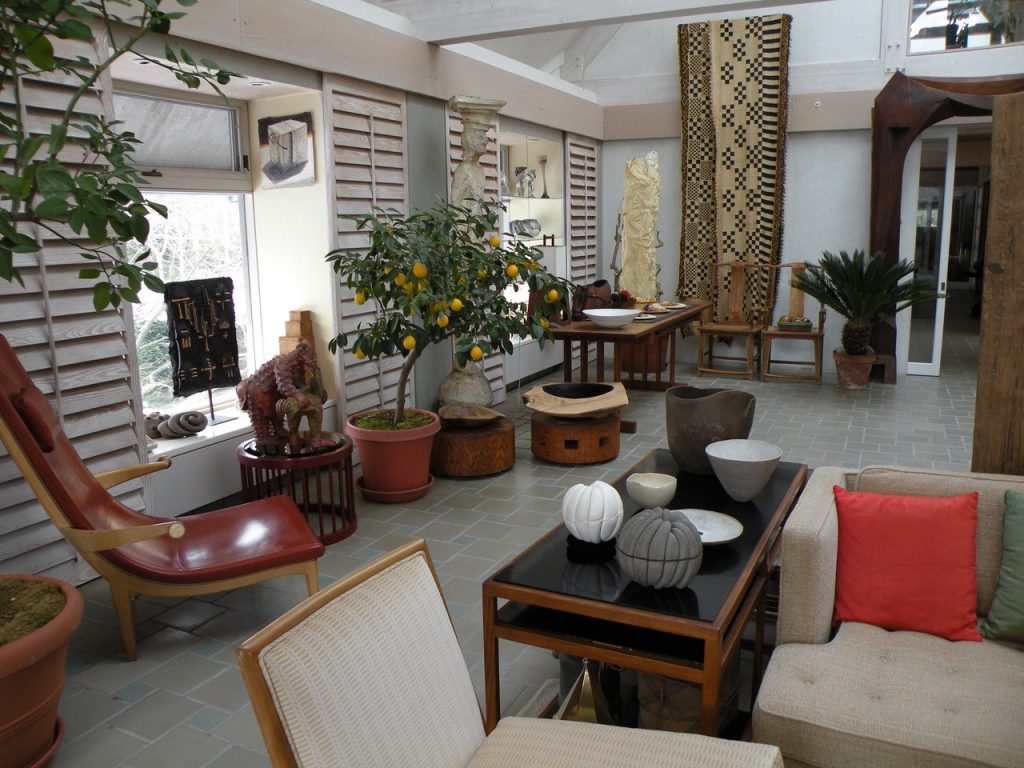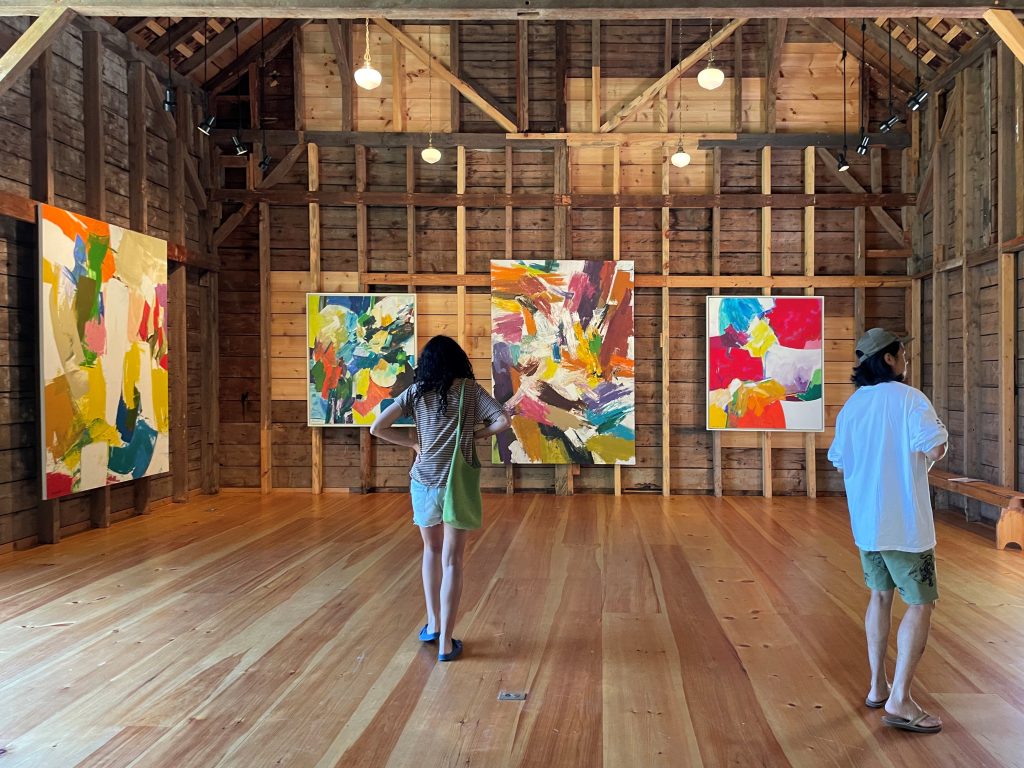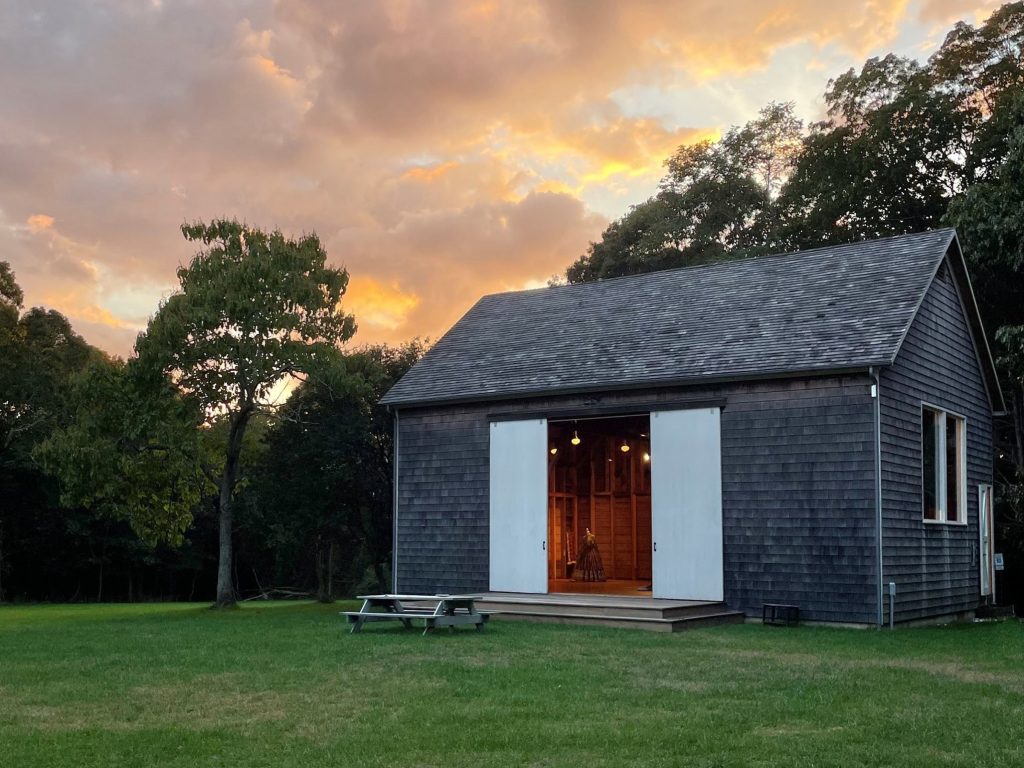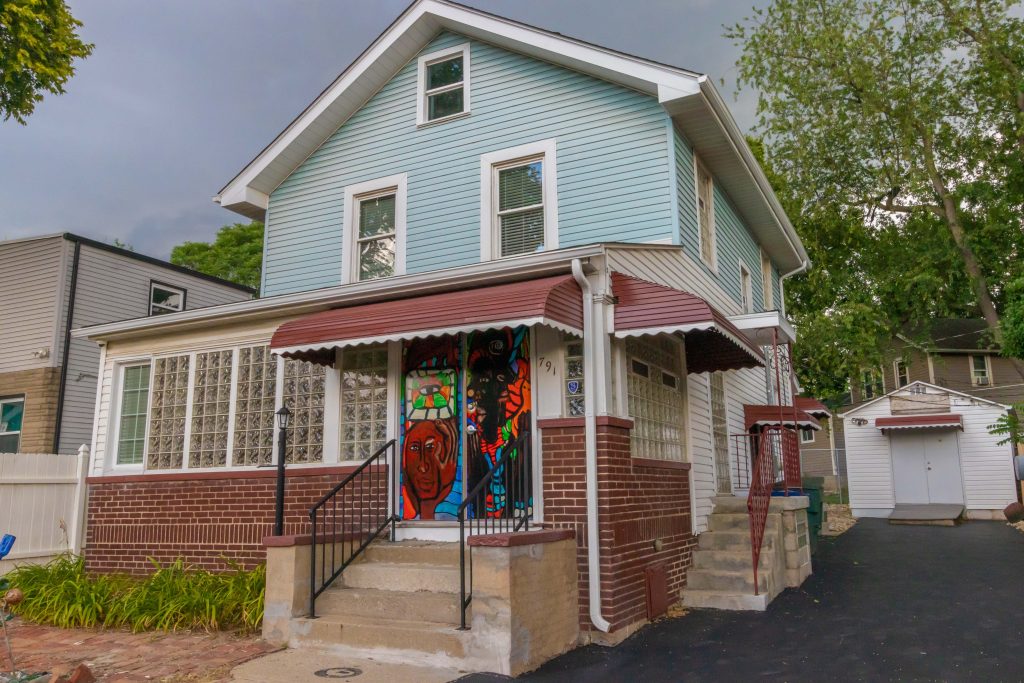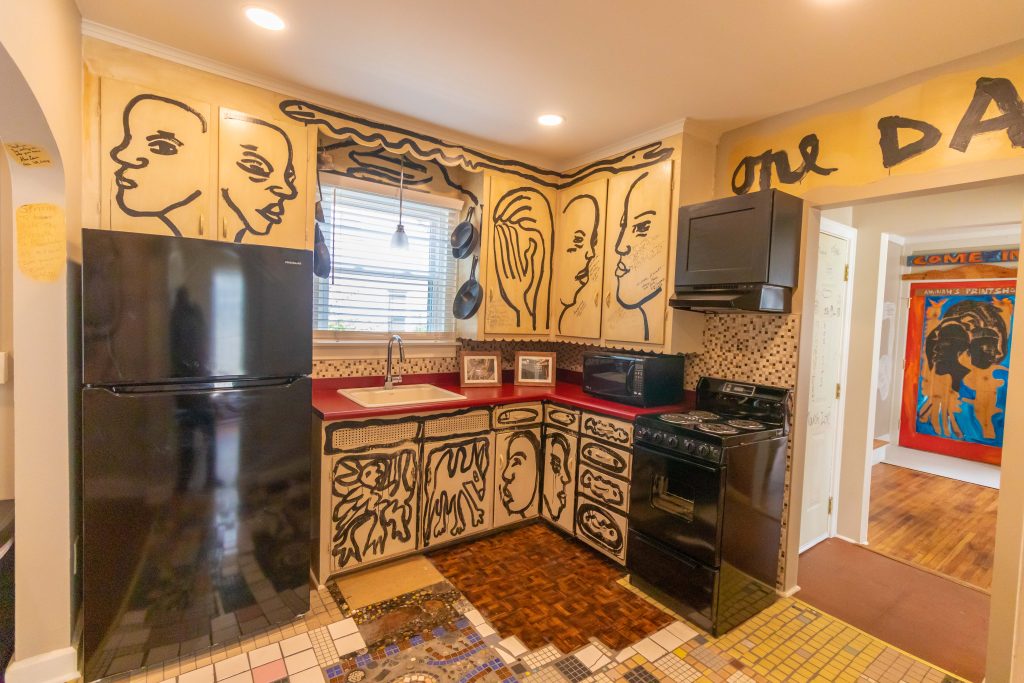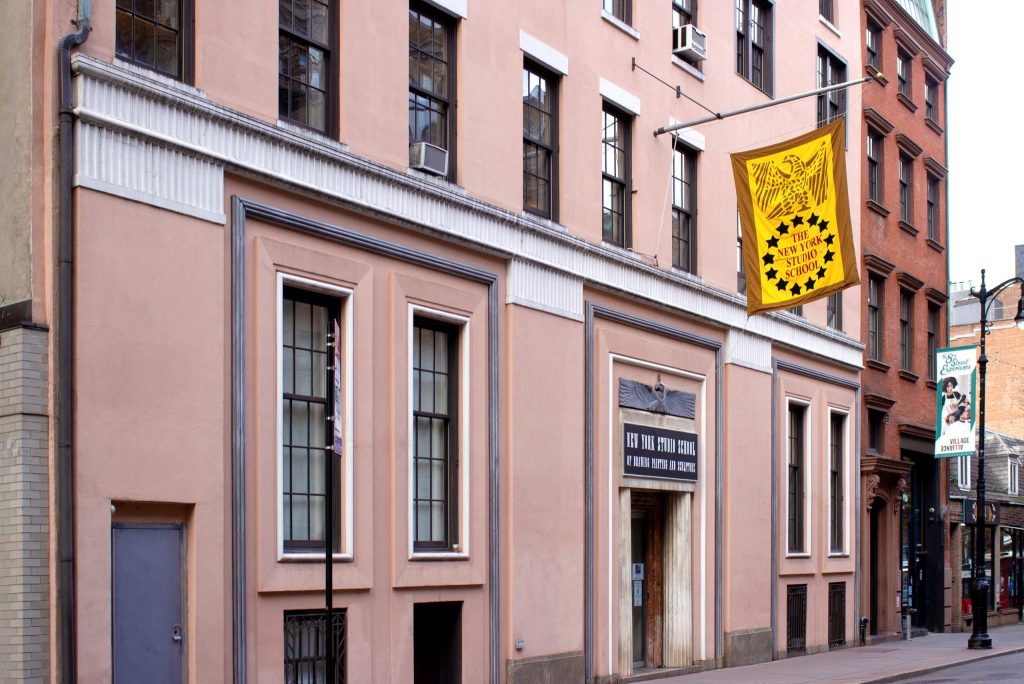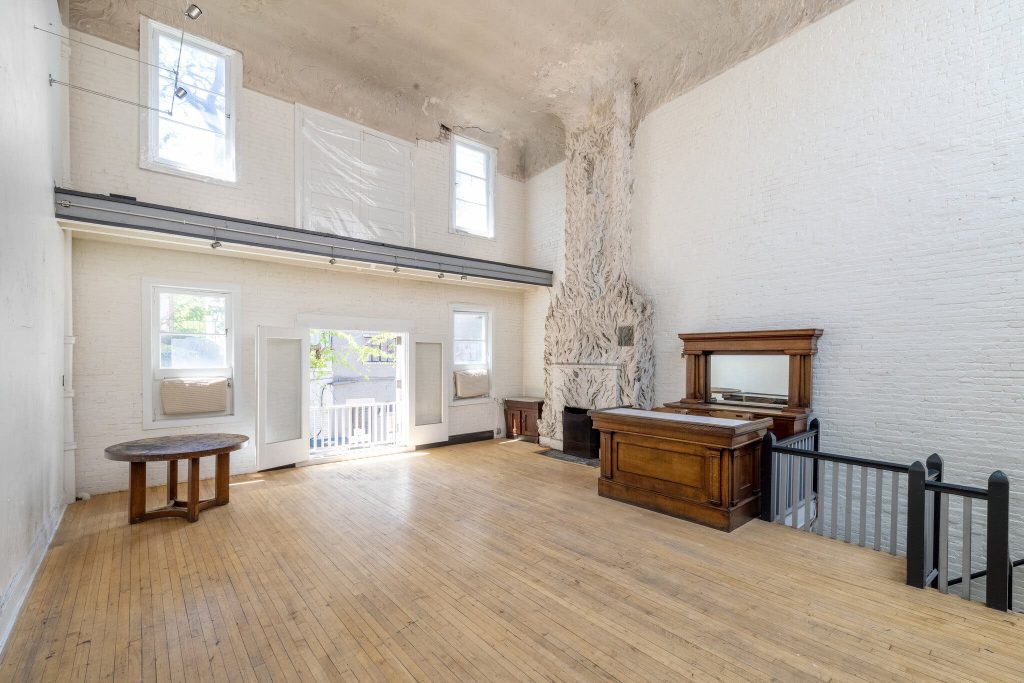The National Trust for Historic Preservation has folded six new artists’ homes into the prestigious Historic Artists’ Homes and Studios (HAHS) program. These new sites represent an inaugural class of Affiliate members, a new membership classification designed to ease entry for preserved artists’ sites that do not fit within traditional home museum models, or that are in earlier stages of development as spaces for public engagement.
The HAHS program was first established more than twenty years ago to bring together historical sites associated with American artists and to share solutions for common issues. With this most recent expansion, the growing HAHS coalition will now include a grand total of 61 public organizations across 25 states, each preserving the home and working studio of a significant American artist. You can find several articles on Side of Culture about HAHS sites, including brilliant new sites named in 2022; the Wharton Esherick Museum outside of Philadelphia; the Alice Austen House on Staten Island; as well as an interview with HAHS director, Valerie Balint;
Balint, said “We know this new Affiliate class will provide additional pathways by which all kinds of artist-centered sites can engage with their professional peers and participate in the dynamism of this ever-growing network…and amplify the vital role all these places play in our nation’s cultural landscape.”
The new Affiliate sites include Jonathan Fisher House in Blue Hill, Maine. The house designed and built by artist, scientist, and writer Jonathan Fisher (1768-1847) highlights the mastery achieved by this largely self-taught artist, during the country’s Federal era, from the late 18th to mid-19th century. Fisher explored these creative pursuits in advance of any well- established artistic tradition in this country. Visitors to the site can witness the range of his creative talents from furniture to paintings to engravings and beyond.
Elaine de Kooning House in East Hampton, New York. The former home and studio of artist Elaine de Kooning (1918-1989), wife of artist Willem de Kooning, which now operates primarily as an artists’ residency for a wide selection of some of today’s most innovative artists. De Kooning purchased the traditional saltbox, later adding a studio where she would complete her last important works. After her death, the space was occupied by sculptor John Chamberlain, followed by the painter Richmond Burton. Today the site also hosts exhibitions, and programming, with tours available by appointment.
The Long House Reserve in East Hampton, New York. This 16-acre integrated environment was created by author, collector and world-renowned textile designer and weaver Jack Lenor Larsen (1927-2020) to inspire living with art in all forms. The gardens at LongHouse have long been open for public enjoyment, featuring more than 60 outdoor sculptural works, and now, following Larsen’s passing, stewards of the site are planning for the next chapter, and activation of Larsen’s home and extensive collections.
The Arts Center at Duck Creek in East Hampton, New York. This arts center honors the legacy of abstract expressionist artist, John Little (1907-1984), who moved a 19th century historic barn to this property in 1948 for use as a studio space and meeting place for fellow artists. Today, the site, which offered its first full season of programming in 2018, continues to evolve as a multi-disciplinary arts center, which includes free programming as varied as exhibitions, musical performances, and poetry readings.
The home of Aminah Robinson in Columbus, Ohio. The Columbus Museum of Art recently preserved the former home of artist Aminah Brenda Lynn Robinson (1940-2015), which includes many artist-designed features such as the front door and the in-situ artworks found in the kitchen. The space now serves primarily as an artists’ residency, providing African American artists and writers the opportunity to live and work in Robinson’s home studio. Robinson worked in numerous artistic disciplines, and was noted for her many talents and accomplishments in the fiber arts. The renovation of Aminah’s home and establishment of the artist residency program were made possible by support from The Columbus Foundation and The Greater Columbus Arts Council.
The Gertrude Vanderbilt Whitney Studio in New York City. The former studio of sculptor, arts patron, and museum founder, Gertrude Vanderbilt Whitney (1875-1942) is National Historic Landmark located in New York City’s lower Manhattan at the New York Studio School, an active arts school, founded in 1964 by artist Mercedes Matter, in collaboration with a group of students and faculty. In 2014, the Whitney studio was designated by the National Trust as part of their National Treasures initiative. Tours of the studio are available by appointment. This site will also have nearby company, with HAHS members the Judd Foundation at 101 Spring Street and the Renee and Chaim Gross Foundation at LaGuardia Place, both also located in New York City.
The six sites bring a new diversity to the HAHS program, elevating the stories of women, artists of color, and members of the LGBT+ community to paint a more inclusive and complete picture of our nation’s art history.
While all six sites are the preserved homes and studios of American artists, several operate outside of the historic house museum model, serving local community through artist residencies and multi-disciplinary art centers, offering a variation on the house museums most commonly found across the Historic Artists’ Homes and Studios program.
Leading photo: Featuring the Gardens, Outdoor Sculpture and House Exterior. Courtesy LongHouse Reserve

